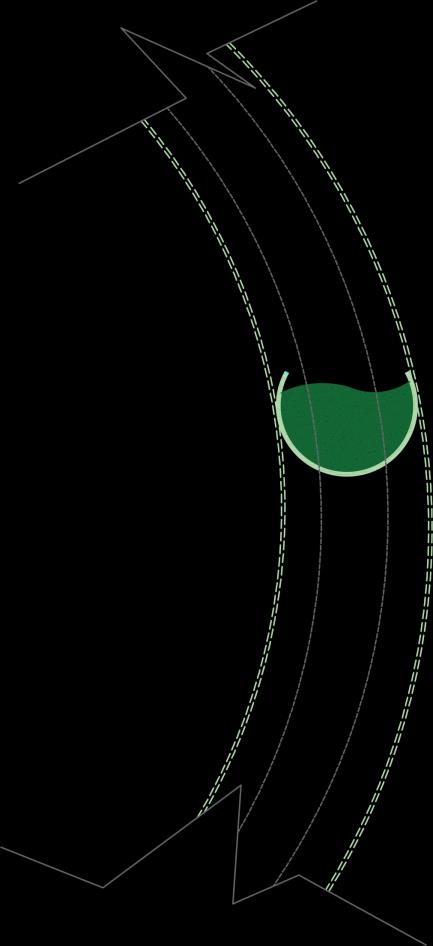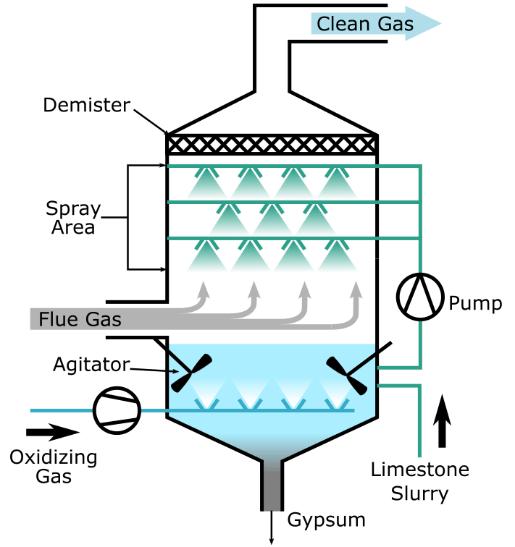
1 minute read
The process of boiler system
1.Fuel Supply: Natural gas is supplied to the boiler from a gas line connected to the building's utility gas network.
2.Combustion Process: The burner, located within the combustion chamber of the boiler, mixes the natural gas with air to create a controlled combustion process. The burner ignites the mixture, creating a flame that generates heat energy.
Advertisement
3.Heat Exchanger: The heat energy produced by the combustion process is transferred to the water circulating within the boiler's heat exchanger. The heat exchanger consists of a series of pipes or tubes that come into contact with the hot combustion gases, allowing heat transfer to occur.
4.Circulation: As the water absorbs heat from the combustion gases, it becomes heated and is circulated through pipes or radiators to distribute the heat throughout the building. In some systems, a circulating pump may be used to facilitate the movement of the heated water.
5.Temperature Control: The boiler system incorporates controls to maintain a desired temperature within the building. These controls monitor the water temperature and adjust the burner's fuel supply and combustion process accordingly. When the desired temperature is reached, the burner may modulate or shut off to prevent overheating.
6. extraction: the process will be ended by extraction of flue gas produced by burning natural gas through vents in the roof of the building.








